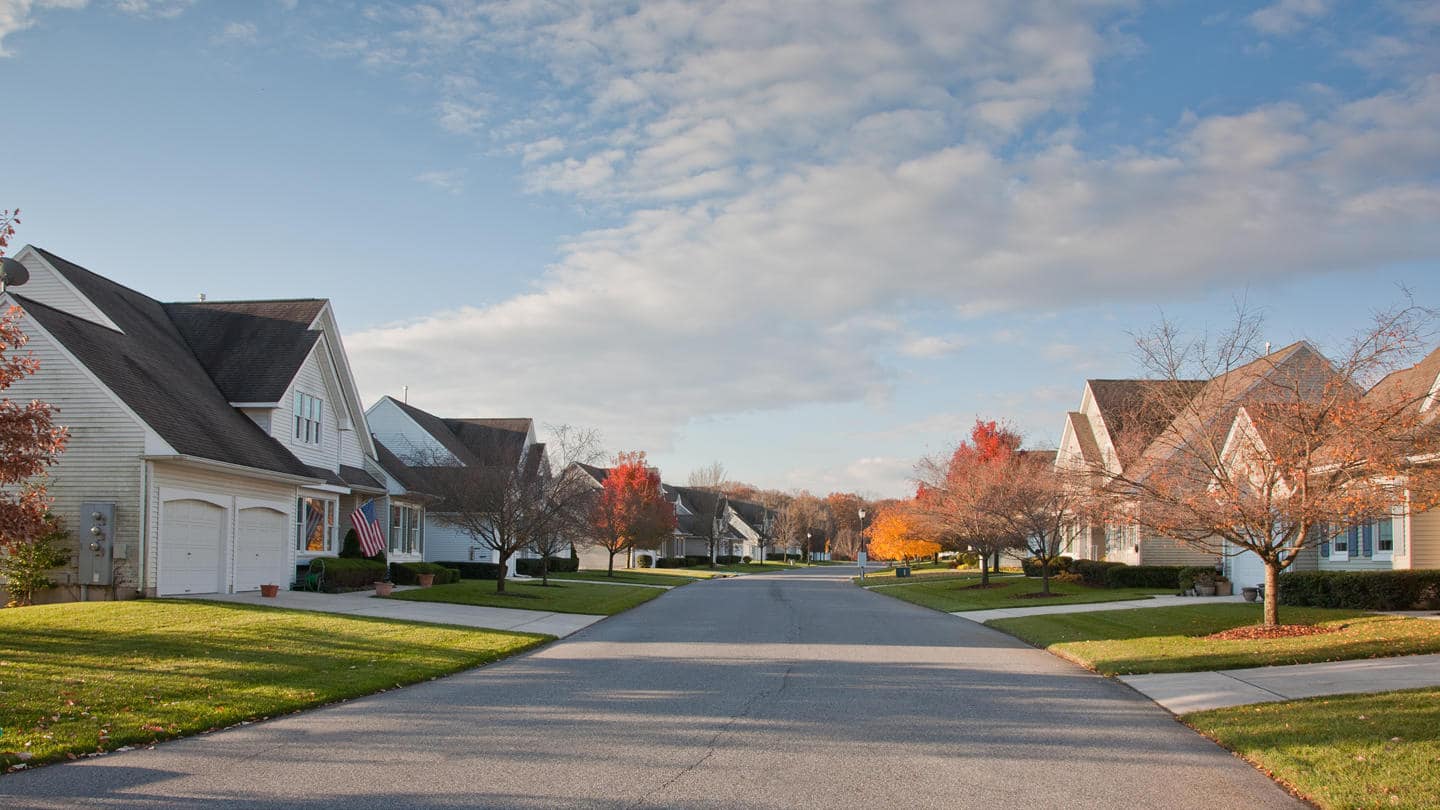Following World War II, suburbs grew as a sign of economic success. Their growth was accelerated by a prosperous middle and working class and the affordability of the motor car, and desired because the less dense housing promised a cleaner, healthier lifestyle.
This was a rebound of sorts from the rush to the cities during the industrial revolution. Although decades old, this original population shift is repeating itself today in China and India, where increased agricultural efficiency is driving jobs - and therefore people - to the cities in massive numbers.
Yet these new Asian cities actually have more in common with modern American cities like Dallas and Houston, which boomed more recently and were designed with suburbia and the automobile in mind.
"Young adults and affluent middle-classes are moving into urban areas, while immigrants and poorer people are claiming suburbs of their own. Both economists and sociologists question whether this is a lasting trend or not, with some pointing to the economic downturn of 2008 as the reason for the trend."
SUBURBAN SPRAWL
In the western world, the identity of suburbs is in flux. In his book The Great Inversion, Alan Ehrenhalt says that many American cities are following the example set by London and Paris, where more affluent people move closer to the center, which in turn drives a major change in suburban demography.
Contrary to popular belief, suburbs in the western world are still booming. It’s what’s happening within them where it gets interesting, according to Pete Saunders, urban planner and an expert on urban affairs for Forbes.
“Young adults and affluent middle-classes are moving into urban areas, while immigrants and poorer people are claiming suburbs of their own. Both economists and sociologists question whether this is a lasting trend or not, with some pointing to the economic downturn of 2008 as the reason for the trend. It’s hard to say for sure if it’s going to continue but right now there seems to be an express preference from younger generations for an eclectic and dynamic urban living, which is a move away from the more homogenous suburban life of the past.”
SUBURBS MUST ADAPT
Suburbs were not built to handle a working class population with greater need for public services and transportation. Saunders suggests that rather than expecting the people to adapt to the suburbs, it needs to be the other way around.
“The social risks of not adapting public policy to the changing populations can be seen in Paris and to a lesser extent London. Suburbs need to adapt to the changing population rather than expecting people to adapt to suburbs. Driving is ticking downwards in American cities and the expansion of public transit in cities like Los Angeles has been huge. Such planning enables suburbs to become more like cities themselves, with a broad range of housing, job opportunities and mixed-use developments."
The explosive growth of Asian cities now mirrors the growth of cities like Chicago, which grew from 300,000 to more than 3 million from 1870 to 1930.
The Indian city of Chennai is spreading outward at pace, but lifestyle choice is not the major reason. Companies have relocated out of the city and workers have followed, both taking advantage of lower costs and extra space. In high-tech manufacturing, the urban core lost about a quarter of its workers, while the outer ring, between 25km and 50km from the center, gained 23% more jobs.
It remains to be seen how the emerging middle class and their desired lifestyles will be integrated into the current city structure, not only in Chennai, but across the Asian continent.
DRIVERLESS CARS SET TO CHANGE EVERYTHING
The rise of the sharing economy means that automobile use may not drop away in lieu of public transportation. Services such as Uber and car sharing clubs give city dwellers the use of a car without the overhead of owning one. Research firm Juniper forecasts that shared transport platforms, who typically take just 20% of driver earnings, will see revenues grow from an estimated $3.3 billion in 2015, to $6.5 billion by 2020.
Robert Bruegmann, professor at the University of Illinois at Chicago and expert on urban sprawl, speculates that future demographic shifts could be driven by the introduction of the driverless car.
“The era of the driverless car is much closer than most people realize. I suspect that once the system reaches critical mass, expansion of public transit will mostly cease. In fact, a good deal of existing public transit may no longer be necessary since a system of shared driverless could provide a more efficient public transit system that gets people directly from A to B rather than stop to stop.”
“Bus and rail transit will probably persist in older, denser cities, particularly between high density nodes like downtown and airports, but it’s quite possible that shared driverless cars will be the public transportation system of choice in the future. As people become more affluent, their time becomes more precious. Today, it’s almost always quicker to take the same journey by car than by public transport in the majority of western cities, unless you live in the very center. As time goes on, I foresee fewer people willing to deal with the limitations imposed by bus and rail systems based on 19th century technology."
With ongoing improvements in telecommuting technology and a rise in the independent workforce, our choice of where to live may soon depend far less on where we work and far more about the kind of lifestyle we want.
